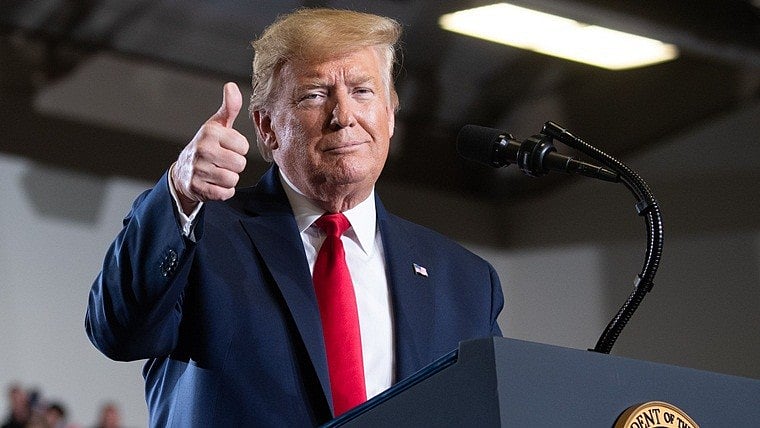As US president Donald Trump’s ‘Liberation Day’ loomed, a push from above resulted in the finalisation of the terms of reference for the bilateral trade agreement between New Delhi and Washington. Liberation Day was a reference to April 2, when the reciprocal tariffs, long threatened by the Trump administration, were to kick in.
It has been reported that the Prime Minister’s Office (PMO) intervened decisively to ensure that the terms of reference, which are to provide a framework for the bilateral trade agreement, were drawn up. The terms will require formal approval from the highest political quarters, but that should be imminent, given that the PMO wants a swift conclusion to the bilateral agreement.
It is expected that formal negotiations will begin between the two sides soon, with India beginning the process of drastically reducing its tariffs on a wide range of US imports. The Liberation Day scenario is still not completely clear to the world at large, as Trump and his team dicker over the exact extent and scope of the reciprocal tariffs to be imposed and their precise direction.
But it is expected that there will be substantial impositions on India, pending the reduction of tariffs on the Indian side as a part of a bilateral deal which does not, in Trump’s language, rip off his country.
It will have to be seen just how far India will be prepared to go to meet the disruptive reciprocity of Trump’s reciprocal tariffs. It has been pointed out that India should direct Washington’s attention to the disruptions caused by the much larger size of non-tariff barriers that exist in the US in comparison to India.
Perhaps in anticipation of any such move, the US Trade Representative’s annual listing of trade barriers in the large, the National Trade Estimate Report on Foreign Trade Barriers, released on March 31, made references to a number of non-trade impediments to trade in India.
Among these were a number of localised internet shutdowns ‘disrupting commercial operations, and thereby undermining a free and open internet and impeding trade in the digital economy’. Some other technical issues involving mobile communication networks were flagged. But it remains clear that India can bring the issue of non-tariff barriers to the table while negotiating the new trade deal with Washington.
The big worry, however, could be, given Trump’s proclivities, that the US will wield the blunt stick, in which case smooth negotiations could be difficult. The trick would be to draw equivalences between tariffs and non-tariff issues in a reasonable fashion. The commerce department is apparently testing a portal that has received complaints showing that the US is the second biggest erector of barriers after the European Union. That’s the way to go.
